A SHORT DOCUMENTARY WITH A SPECIFIC IDENTITY
“Whether I’m shooting digital or film, the Hawk V‑Lite 1.3x anamorphics are pretty much my go-to,” says Sam A. Davis, cinematographer on the short documentary Long Line of Ladies. The film was directed by Rayka Zehtabchi and Shaandiin Tome.
“The 1.3s are perfectly subtle and specific,” he continues. “They have a beautiful look, but it’s not in your face. You still have the fall-off and anamorphic character, which elevates the image without calling attention to it. Most of the time, my work is pretty subtle. I love the texture and the character of anamorphic glass, but I tend to not like extremely wide aspect ratios as much. So, to get a 1.85 image out of an anamorphic lens, that’s my favorite look.”

Long Line of Ladies, which made its debut as part of the New York Times’ Op-Docs series, was shot by Sam A. Davis on 16 mm film emulsion using Hawk V‑Lite16 1.3x anamorphic lenses. In this case, rather than grandiose scale, the format was used to take viewers into an intimate cultural tradition with adolescent characters front and center. Northern California’s Karuk tribe is depicted in preparations for a once-dormant coming-of-age ceremony called the “Ihuk,” or Flower Dance.
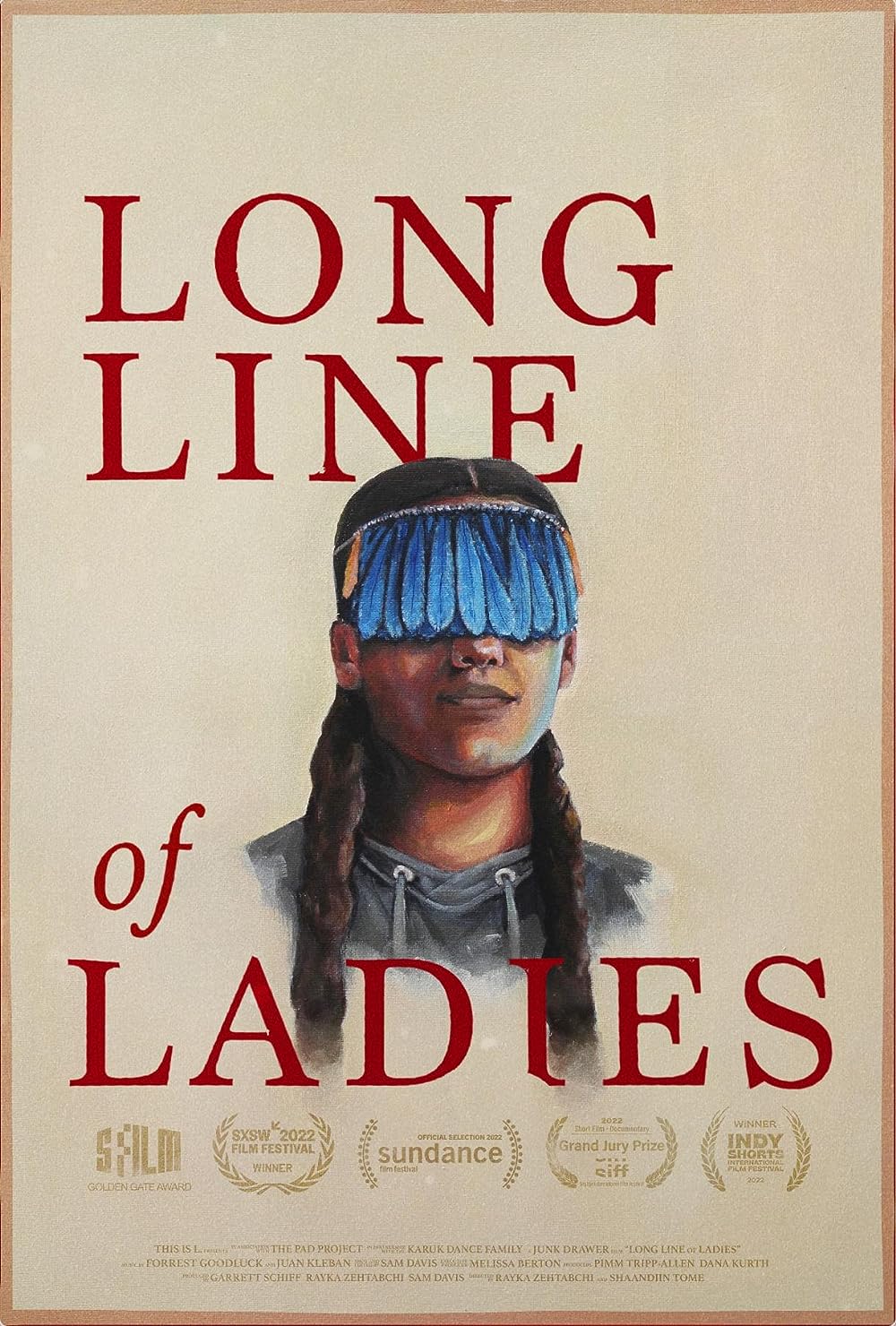
Davis says that for Long Line of Ladies, the choice of format was based in part on sensitivity.
“As we got to know the family and the community, we realized that they are almost never apart,” Davis says. “It’s a tight-knit community. Even when we did Zoom calls, we saw lots of people spread horizontally across the frame. We wanted to capture the community the way that it is. And the whole topic is that community and the family support around the 13-year-old girl at the center of the story.”
From a practical standpoint, the Hawk V‑Lite16 1.3x worked well in tight spots like car interiors and small rooms. “The other 16 mil anamorphics that I’m aware of are massive,” says Davis. “That’s another advantage of the Hawks that makes them viable for documentary work – they’re so compact and so fast. The Arriflex 16SR3 is a pretty clunky camera, but the lenses really minimized the bulk.
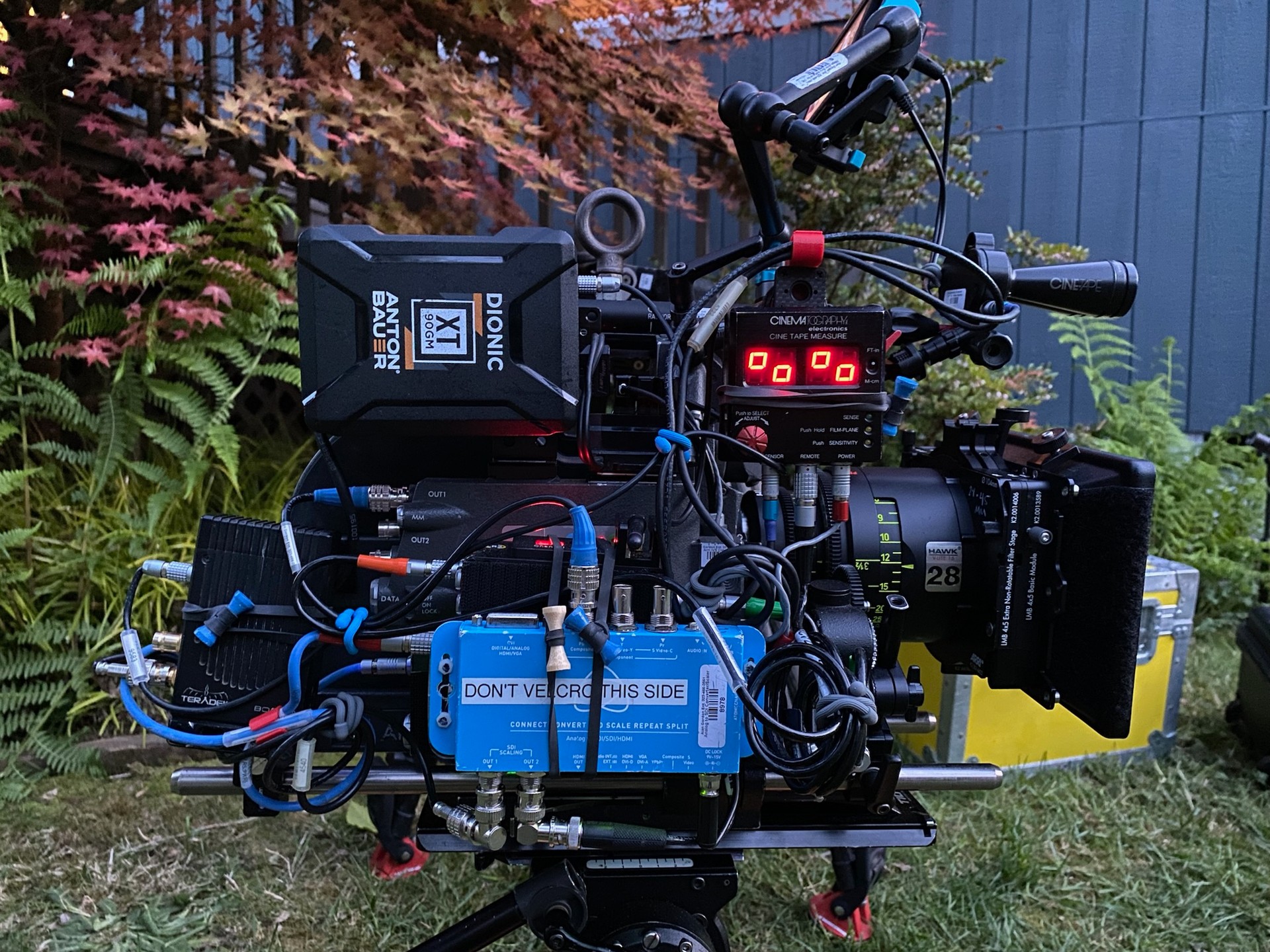
The speed of the lenses was another major advantage. “We shot the entire film without lights,” he says. “We weren’t really controlling the look outside of the camera. There was no grip and electric team lighting shots or art department dressing things. We wanted our approach to be truthful. I thought of shooting anamorphic as a way to give the film a specific identity without creating onset complications during production.”
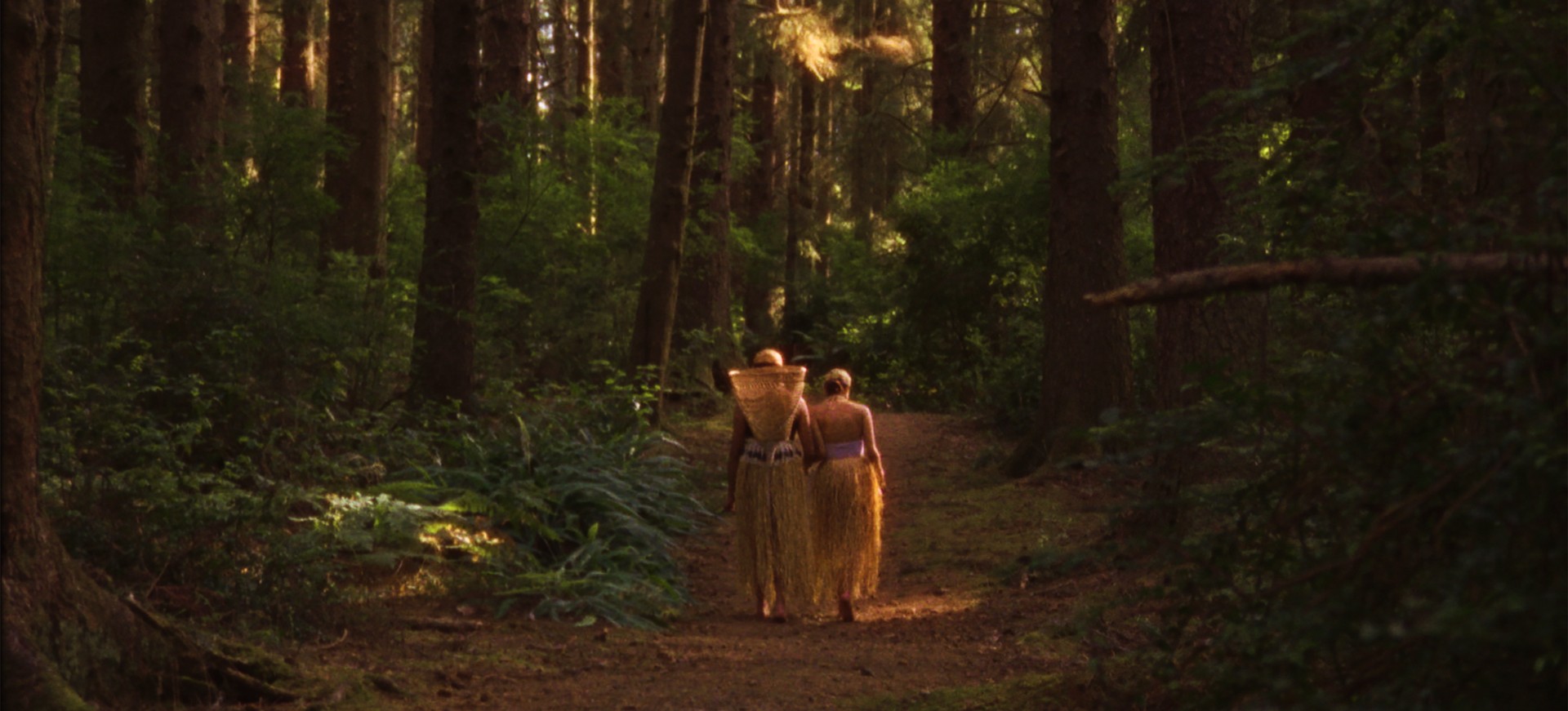
Long Line of Ladies debuted on the New York Times’ Op-Docs series, premiered at Sundance and went on to qualify for the Oscars at SXSW. It was featured in the Hollywood Reporter as one of the best short documentaries of the year. Davis was nominated for a Golden Frog at the Camerimage Festival of the Art of Cinematography in Poland.
“What excites me about documentary as a director of photography is the ability to bring narrative tools to the work,” says Davis. “It’s an exciting moment for documentary. There’s a big appetite for documentaries that are elevated and immersive. My partner Rayka and I challenge ourselves to make documentaries that feel like movies. Ironically, on the other hand, with our narrative work we find ourselves trying to tell fictional stories that feel as truthful as a documentary.”
In July, Long Line of Ladies was nominated for another award – an Emmy for Outstanding Cinematography in a Documentary.
Watch the trailer here.
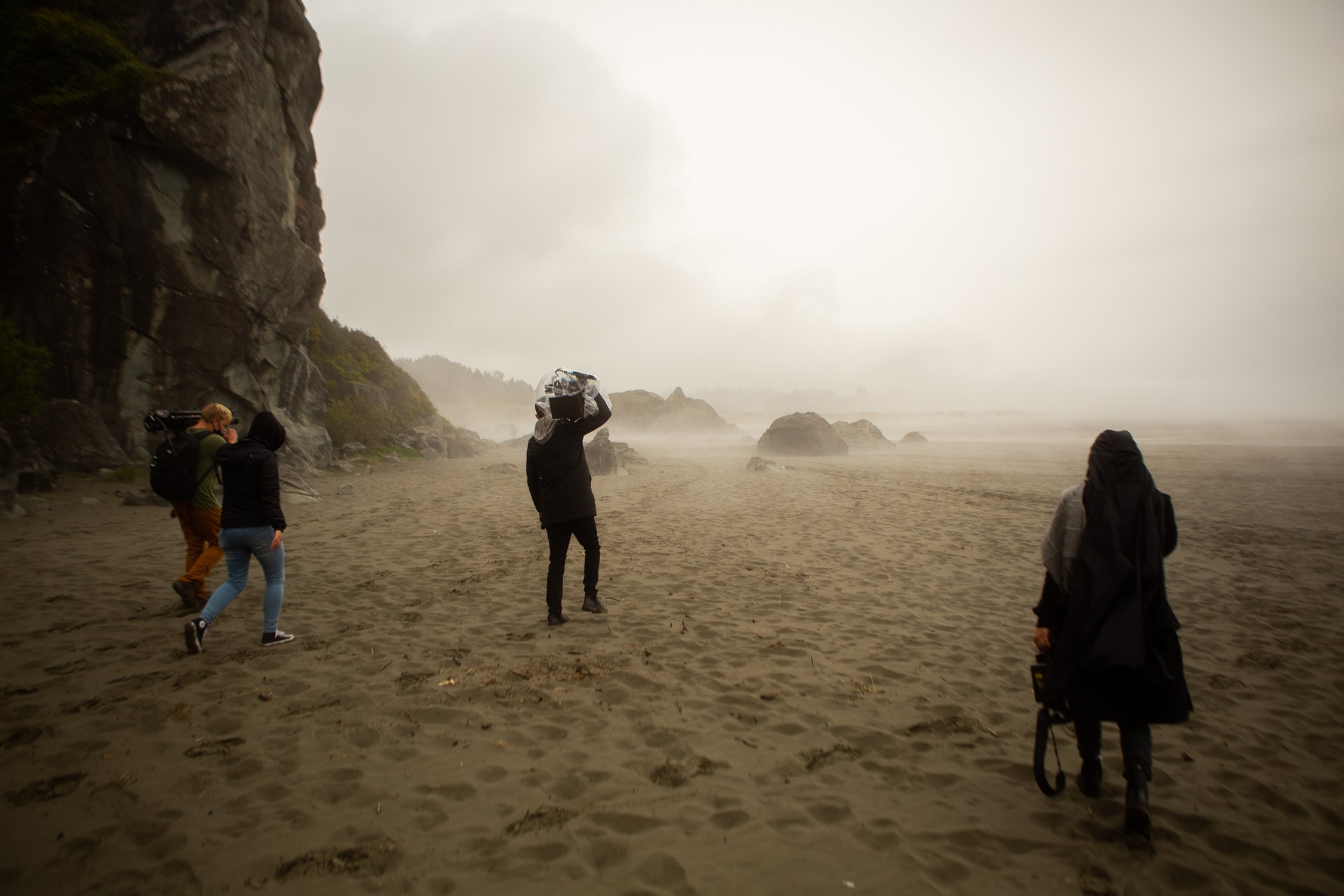
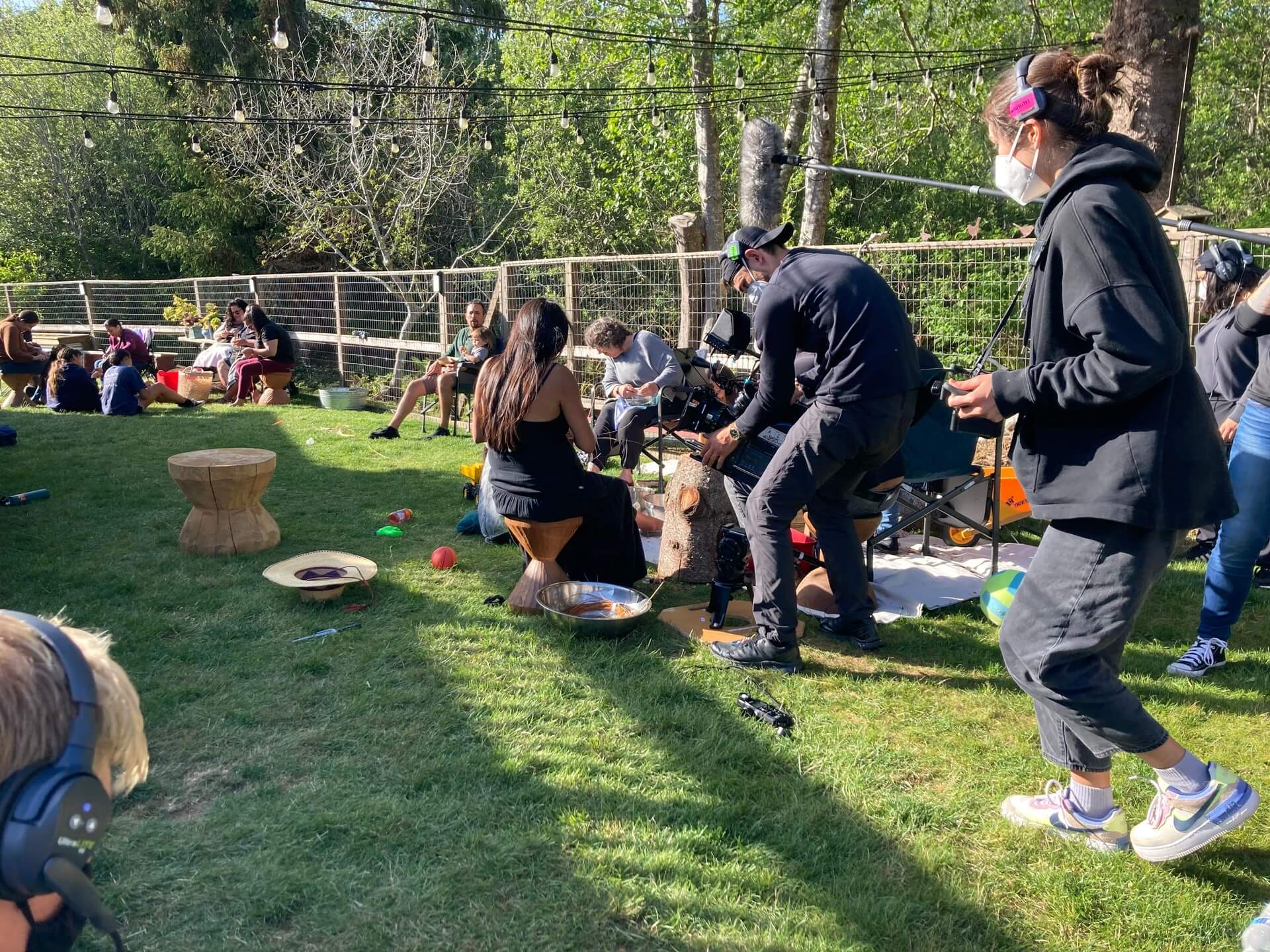 Cinematographer Sam A. Davis on set
Cinematographer Sam A. Davis on set
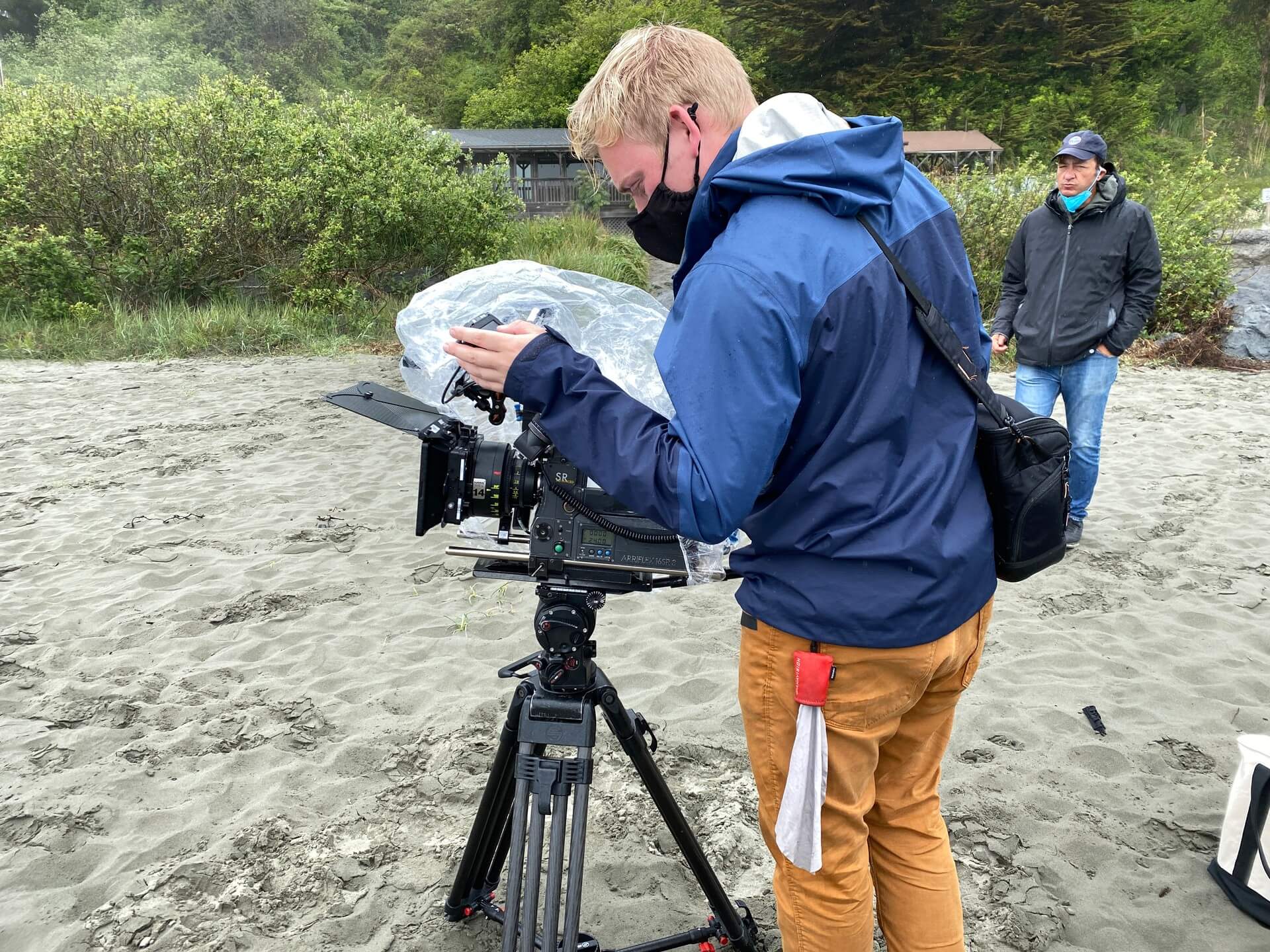
images: Sam A. Davis, IMDb












